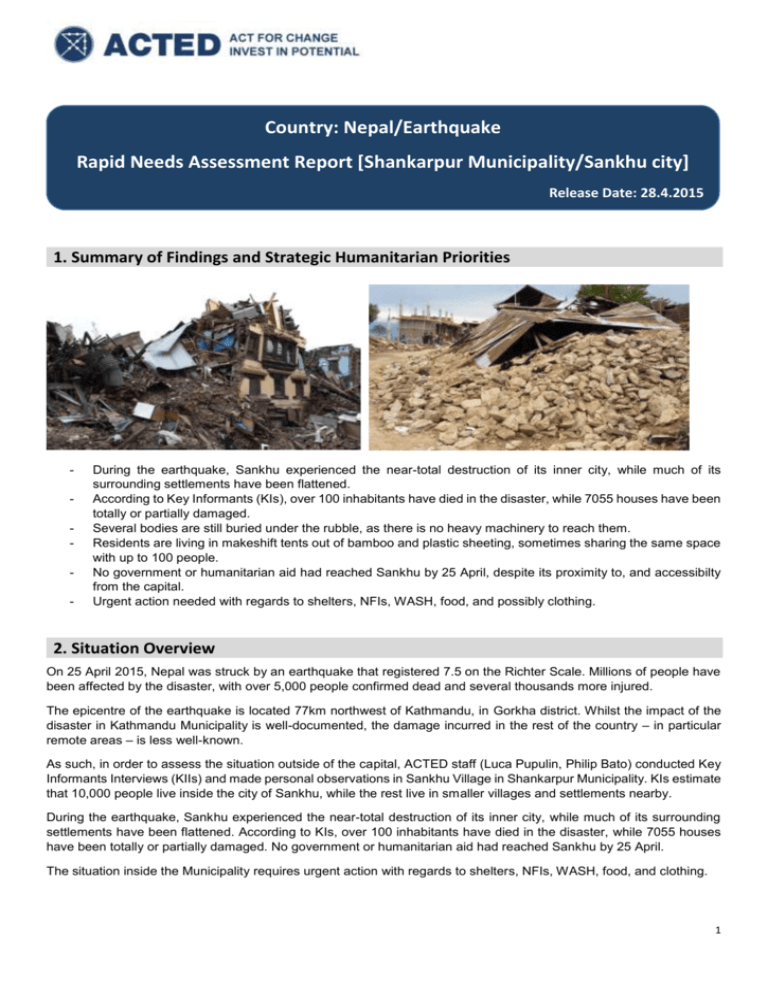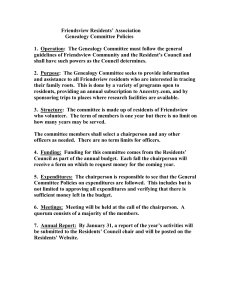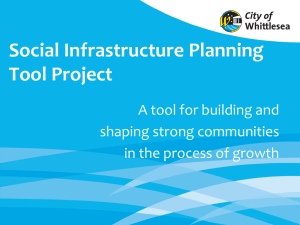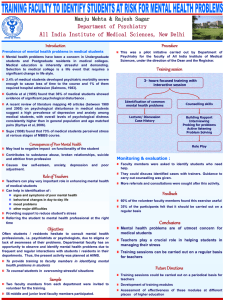150428_acted_rapid_needs_assessment_report_shankarpur
advertisement

Country: Nepal/Earthquake Rapid Needs Assessment Report [Shankarpur Municipality/Sankhu city] Release Date: 28.4.2015 1. Summary of Findings and Strategic Humanitarian Priorities ] - During the earthquake, Sankhu experienced the near-total destruction of its inner city, while much of its surrounding settlements have been flattened. According to Key Informants (KIs), over 100 inhabitants have died in the disaster, while 7055 houses have been totally or partially damaged. Several bodies are still buried under the rubble, as there is no heavy machinery to reach them. Residents are living in makeshift tents out of bamboo and plastic sheeting, sometimes sharing the same space with up to 100 people. No government or humanitarian aid had reached Sankhu by 25 April, despite its proximity to, and accessibilty from the capital. Urgent action needed with regards to shelters, NFIs, WASH, food, and possibly clothing. 2. Situation Overview On 25 April 2015, Nepal was struck by an earthquake that registered 7.5 on the Richter Scale. Millions of people have been affected by the disaster, with over 5,000 people confirmed dead and several thousands more injured. The epicentre of the earthquake is located 77km northwest of Kathmandu, in Gorkha district. Whilst the impact of the disaster in Kathmandu Municipality is well-documented, the damage incurred in the rest of the country – in particular remote areas – is less well-known. As such, in order to assess the situation outside of the capital, ACTED staff (Luca Pupulin, Philip Bato) conducted Key Informants Interviews (KIIs) and made personal observations in Sankhu Village in Shankarpur Municipality. KIs estimate that 10,000 people live inside the city of Sankhu, while the rest live in smaller villages and settlements nearby. During the earthquake, Sankhu experienced the near-total destruction of its inner city, while much of its surrounding settlements have been flattened. According to KIs, over 100 inhabitants have died in the disaster, while 7055 houses have been totally or partially damaged. No government or humanitarian aid had reached Sankhu by 25 April. The situation inside the Municipality requires urgent action with regards to shelters, NFIs, WASH, food, and clothing. 1 3. Assessment Methodology 2 KIIs (4 hours total) were conducted on 28 April 2015. During these interviews, 2 locations were assessed: - Sankhu, the central village in Shankarpur Municipality; The outer villages and settlements that surround Sankhu. 4. Assessment Findings Populations Affected_____________________________________________________________________ Situation - An estimated 100 people are said to have died; 60 bodies were collected, 35+ are missing and expected to have been buried under the rubble. Without assistance, it was estimated by KIs that residents could stay in Sankhu for another two weeks maximum, after which they would have to move to live with family/relative in Kathmandu or other cities. Needs, Coverage and Gaps - Sankhu is in urgent need of most forms of humanitarian assistance, as outlined below. Shelter_________________________________________________________________________________ Situation - - According to municipality, residents reported that 7055 shelters had been either been totally destroyed – or partially damaged to point of inhabitaion. For a population of 26,000, this constitutes the vast majority of buildings in the city, which was confirmed through observation during the visit. As short-term solution, residents are living in makeshift tents, generally made from bamboo sticks and plastic sheets. The ground underneath is wet, the weather is cold after sun-set, while rains have been predicted for the coming two weeks. Residents are sharing these makeshift tents with up to 100 persons per tent. Needs, Coverage and Gaps - Short-term: Plastic sheeting and sticks urgently needed; Mid-term: Monsoon will start in two months, after which winterized shelters will need to be provided; Long-term: Most original housing will need to be demolished and cleared with heavy machinery, which could take months. 2 Livelihoods, Food Security and Nutrition______________________________________________________ Situation - Most residents of Sankhu are farmers, and rely on the production of wheat, rice, maize and potatoes. It is currently wheat and potato harvesting season. Many residents had recently harvested and stored their harvest at home. After their houses collapsed, they lost both their seeds and harvest. Residents asked for more food, and concerns were voiced over food stocks. No preparations are being made for the next planting season as everyone is allocating resources to coping with the disaster. Needs, Coverage and Gaps - Possible Cash-for-Work to clear rubble and demolish buildings; Food assistance; Provision of seeds, or cash assistance to replenish stock. Water, Sanitation and Hygiene_______________________________________________________ Situation - Water sourced from local well. Concerns voiced by KIs on possible contamination and the need to chlorinate. o Water-level is high, possible contamination through leaking septic tanks (if these are used). Municipality advised residents to boil water, but concerns remain over cleanliness. Lack of water flagged as major concern by KI, as well as expense of buying bottled water. Open defecation used by majority of residents. Few remaining private latrines are shared by hundreds of residents. Prior sewage management concerns are now exacerbated. Needs, Coverage and Gaps - Sanitary facilities; Hygiene kits; Hygiene promotion; Wells need to be checked for contamination. Health_________________________________________________________________________________ Situation - All three hospitals in municipality have only receive minor damage. Potential for spread of diseases if WASH issues are not resolved and deceased bodies remain stuck under rubble. Protection______________________________________________________________________________ Situation - Sankhu is a predominantly Hindu village, with Buddhist and Christian minorities. One KI identified Dalith residents of the town – the lowest Hindu caste – to be particularly vulnerable to their ostracied societal status. Needs, Coverage and Gaps - Dalith dimension must be taken into consideration in programmatic decisions. 3 Education_______________________________________________________________________________ Situation - All schools have only incurred minor damage and are currently being used as interim shelters by IDPs. Tuition has stopped until situation stabilizes. Relief Efforts/Assistance___________________________________________________________________ - No government assistance has been received (except for deployment of underequipped soldiers) and no humanitarian agencies have reached the village. 4. Humanitarian Access - Municipality is fully acessible. No security concerns. 4








